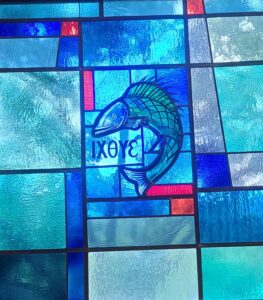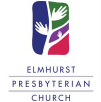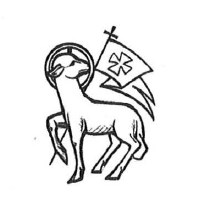We are Elmhurst Presbyterian Church
About Us
Elmhurst Presbyterian Church is home to an energetic community of believers.
All are welcome to join our celebration of Jesus Christ through worship, outreach and fellowship! We invite you to join us on your faith journey; to explore, learn and serve with us.
Ministries
Serve all members of our congregation with a focus on growing programs for youth and children. Our worship services are lively, filled with music, opportunities to interact and biblically-informed messages.
Mission
Supports programs that positively impact the lives of people around the globe and in our community
Connections
Create opportunities for members and the community to attend to each other.
Elmhurst Presbyterian Church is part of the Presbyterian Church USA (PCUSA) and a member of the Chicago Presbytery
To learn more about the origins of Presbyterianism and what PCUSA church believes historically, theologically, and socially, visit the PCUSA website.
Elmhurst Beliefs
Who We Are
Leadership
Inclusivity
Rental Space
A Bit of History...
Left to Right: William Kroeplin, Dr. Sawyier, Dr. DuBourdieu, and Dr. Johnson, the latter were from the Church Extension Board.
Enjoy this newspaper clipping showcasing the EPC traditions of engaging in small groups and serving the church in leadership roles.
If you’ve been around EPC awhile, you might be able to recall where this image was used in church materials at the time of this milestone anniversary. Look closely; it was both a celebration and a call to action.
In the mid-1970s, our Session adopted this slogan. From the literature shared with the congregation, “The 7 days a week church is meant to convey the fact that our church is literally open to the community every day of the week. But, more importantly, that its members are dedicated to being 7 days a week Christians…as we seek new opportunities to witness for Christ daily, live the true meaning of stewardship, reach out to the community and beckon it to us, become closer to Christ through learning and doing, recapture the vitality of the early Christian community, and glorify & enjoy God forever.”
Stained Glass in the Sanctuary
Get to know more about our church through the scenes & symbology in our stained-glass windows.
The fish is one of the secret symbols used by the early Christians when it was dangerous to be a Christian. By the use of such signs the followers of Jesus could indicate their presence to each other while at the same time protecting themselves from being unnecessarily exposed to the foes of Christianity.
The Greek word for fish IXOYC (pronounced ichthus) is an acrostic formed by using the first letter of each of the words in Greek (pronounced but not spelled, Yasous Christos Theou Hyos Soter) which stands for “Jesus Christ, God’s Son, Saviour.” It was precisely because the symbol was difficult to understand that it meant so much.










